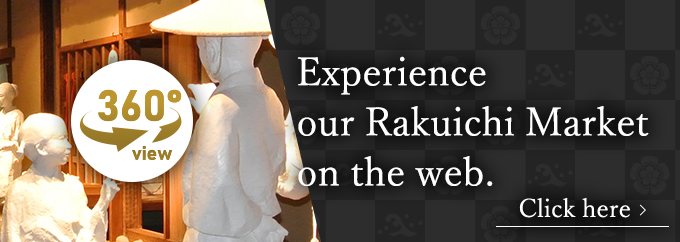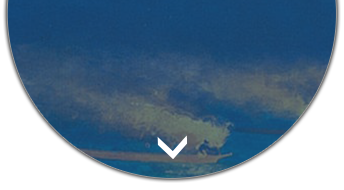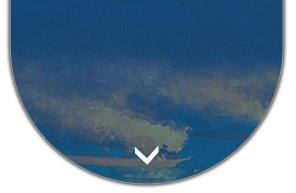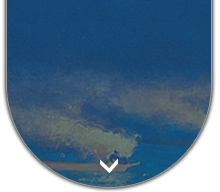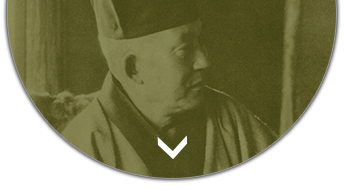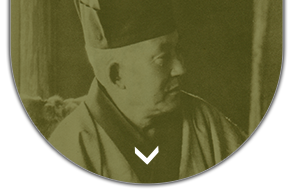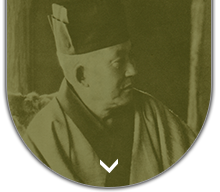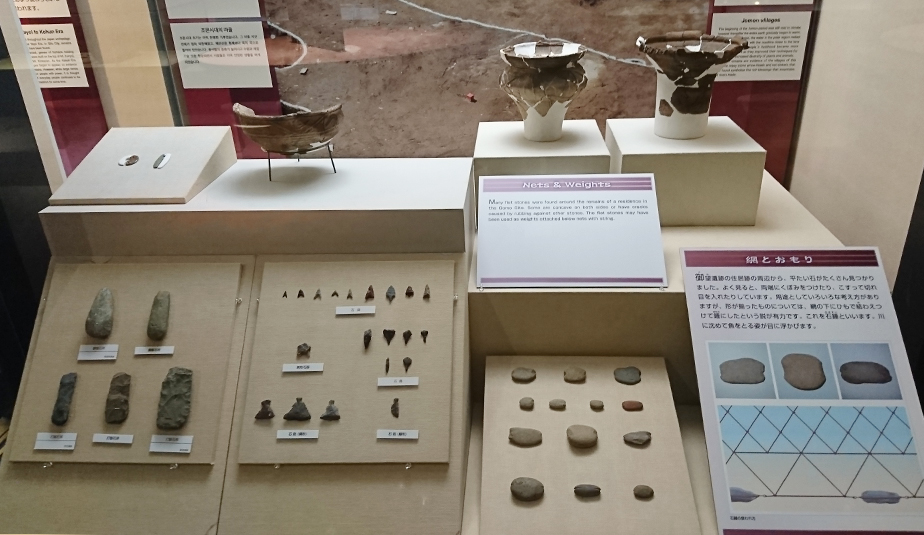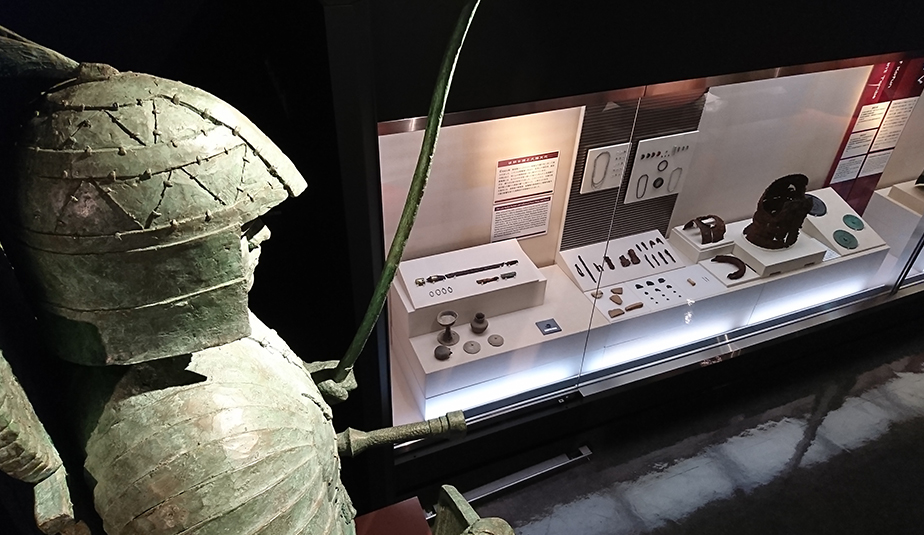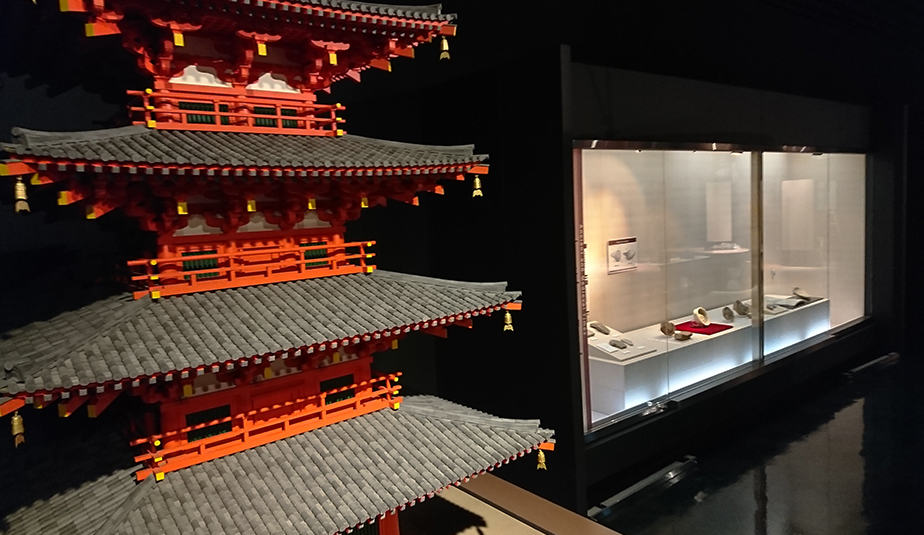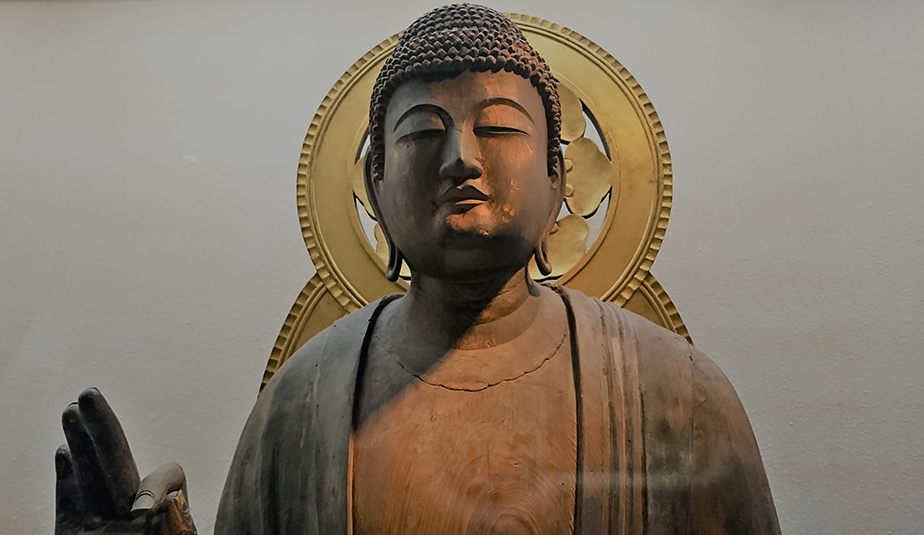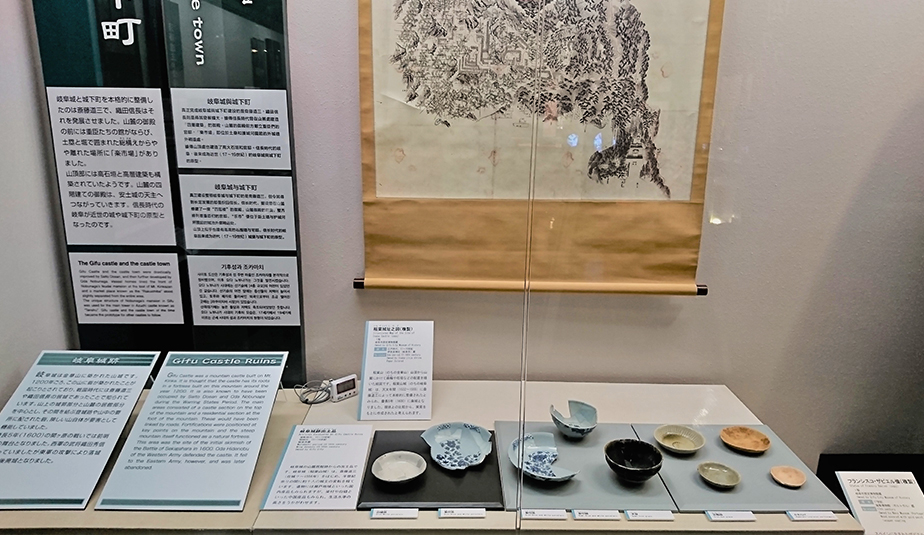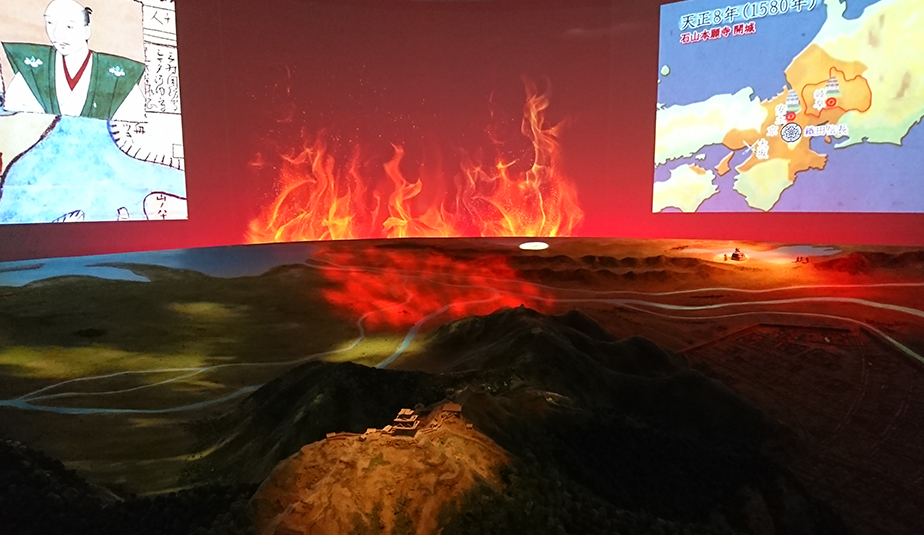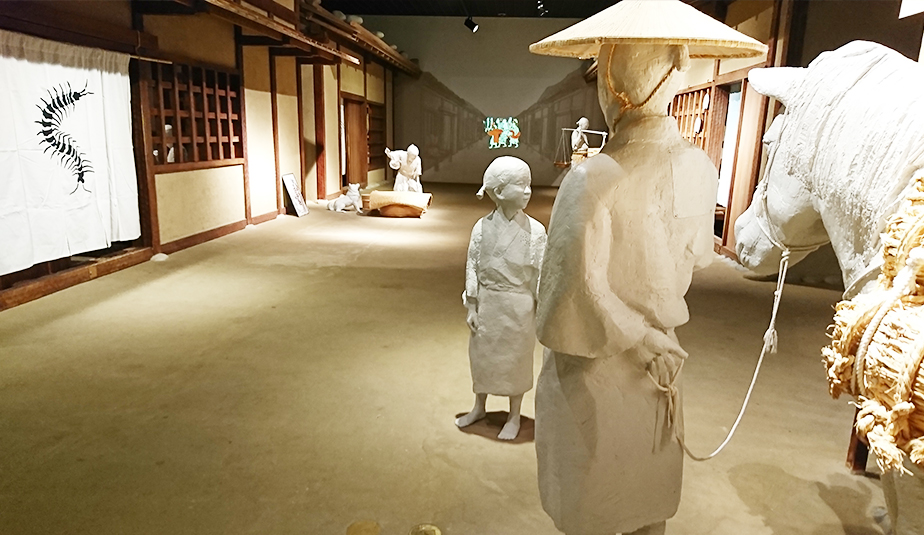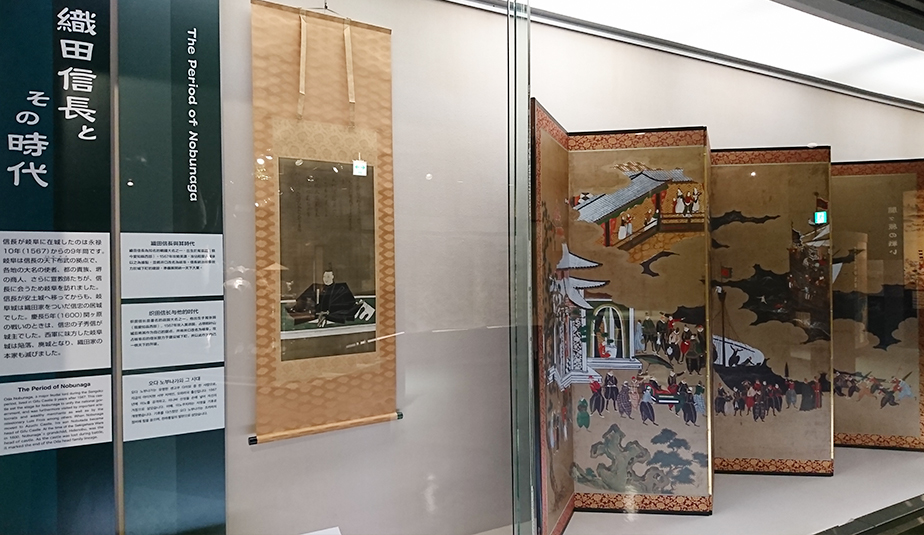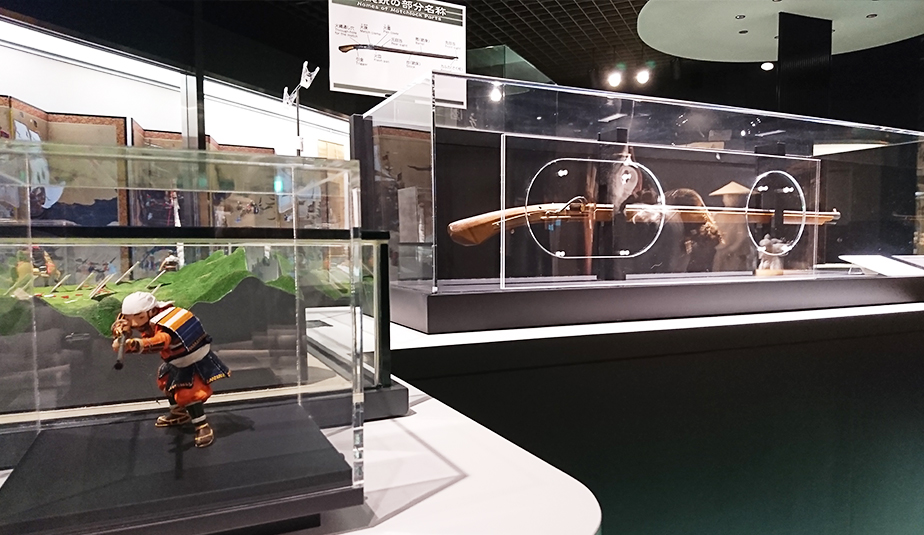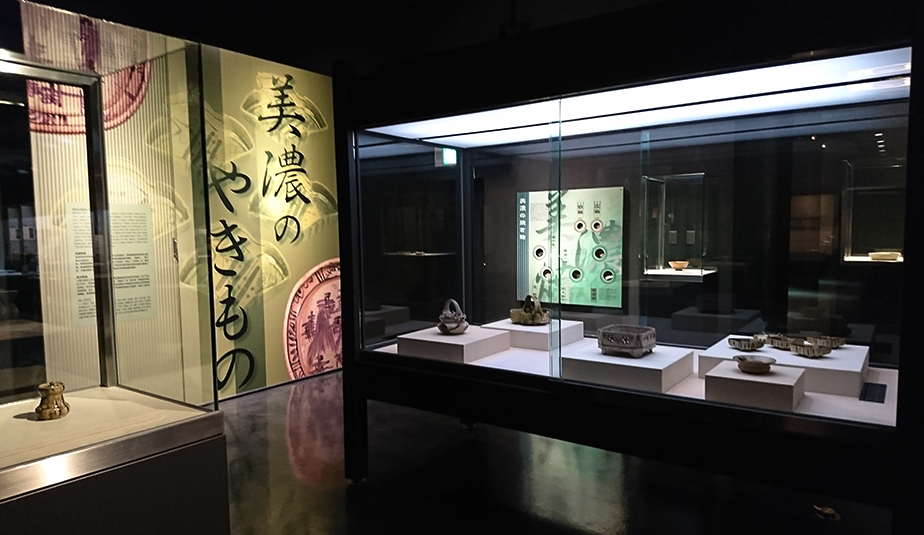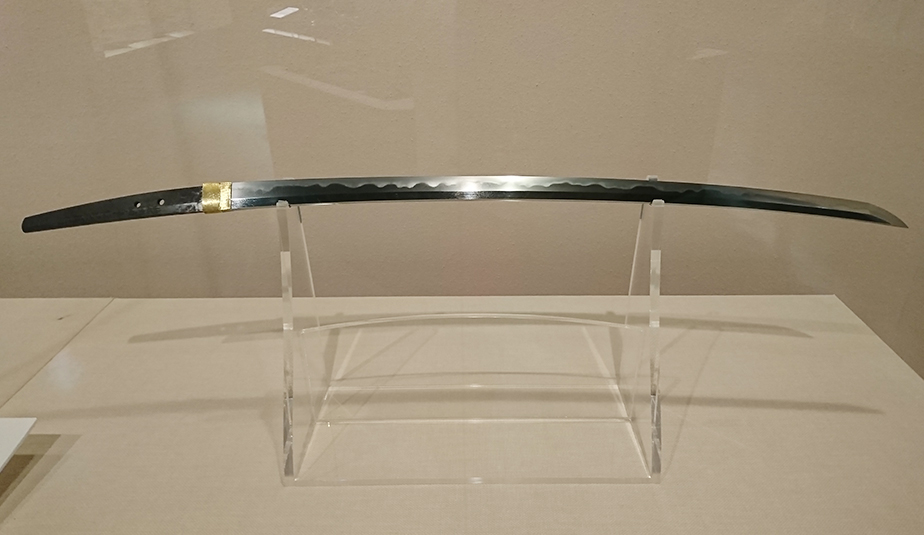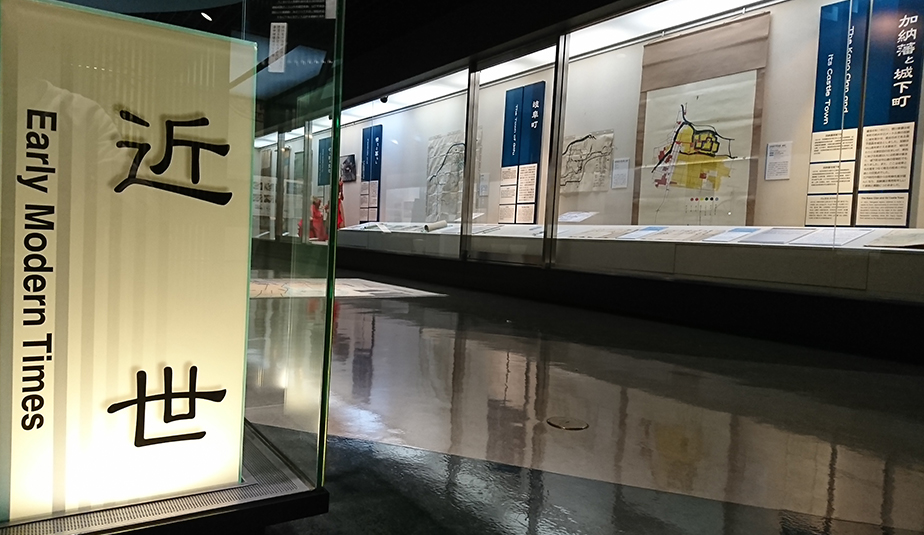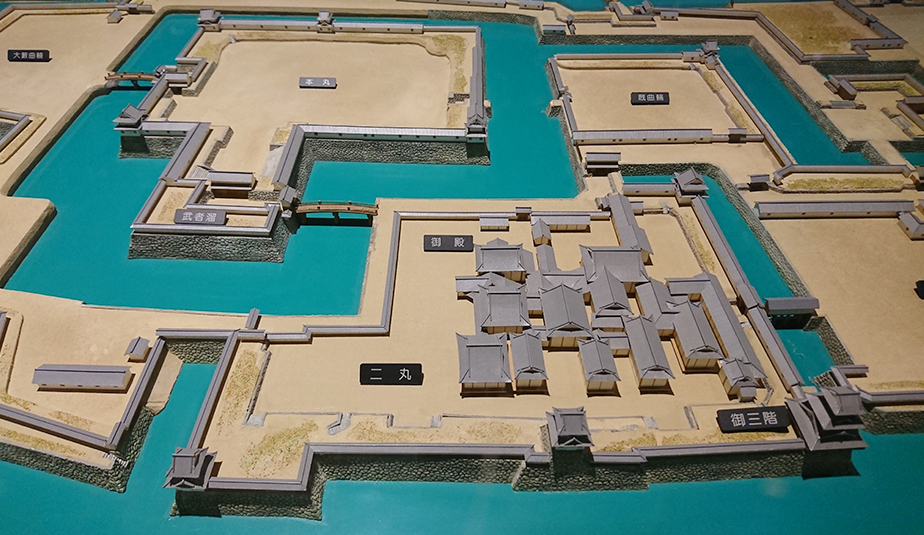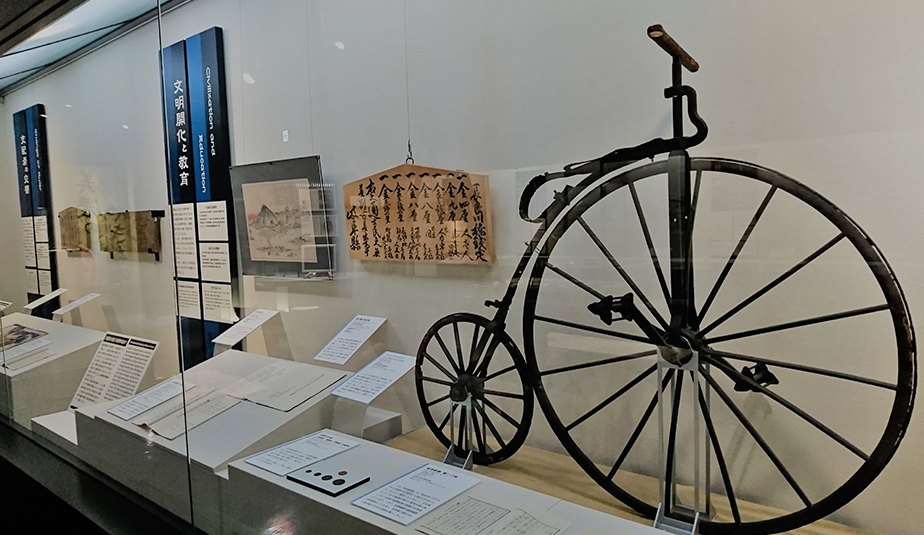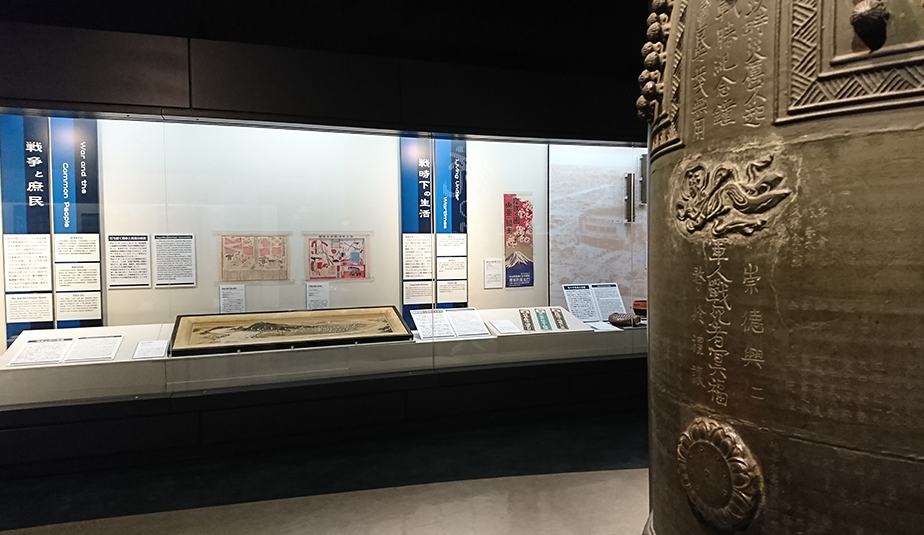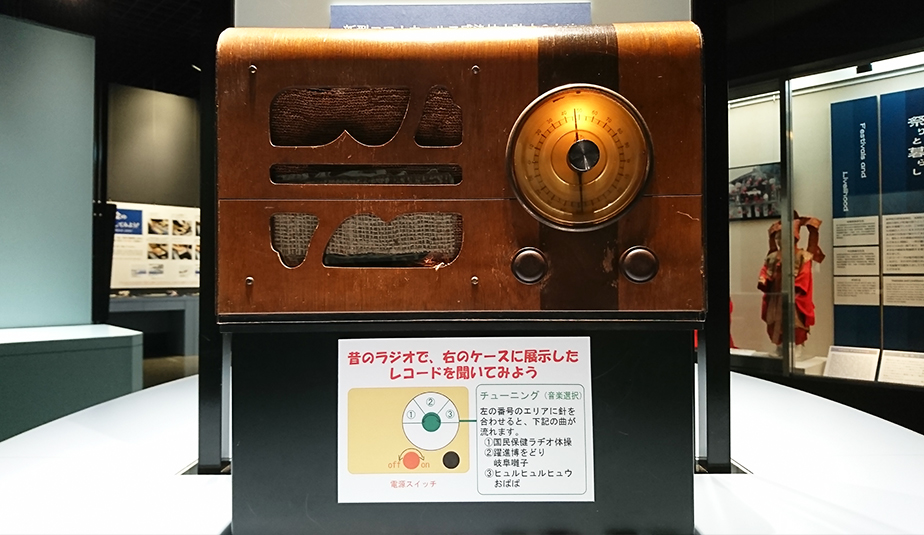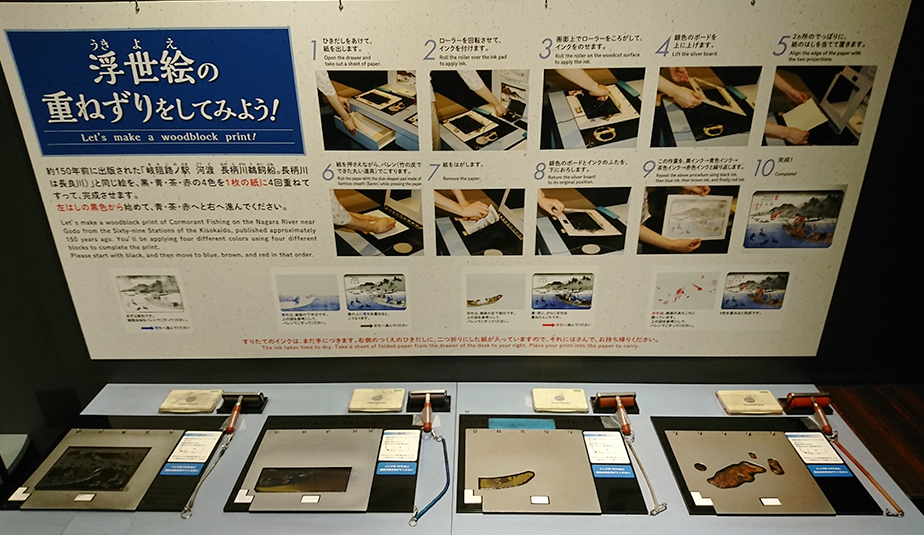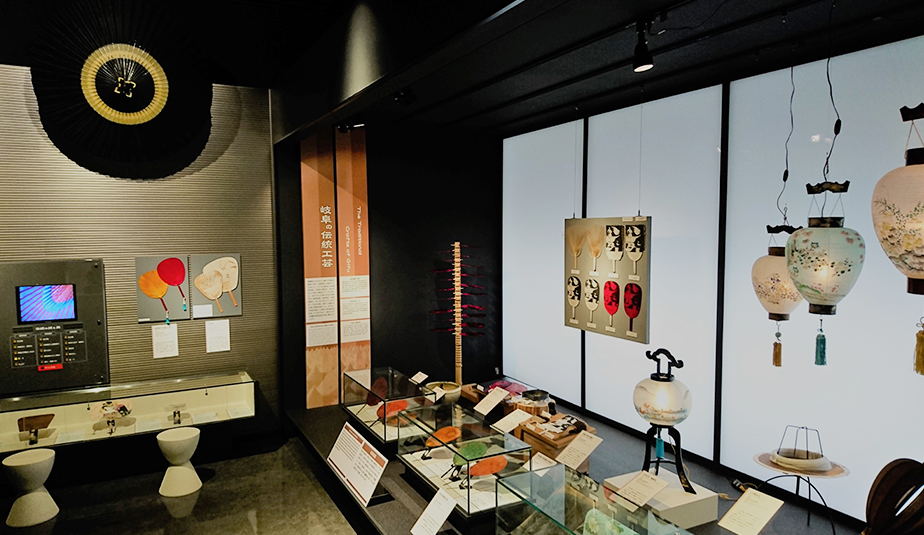- HOME
- Exhibitions / Events
- Permanent exhibition room
Permanent exhibition room
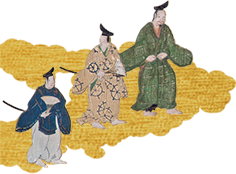
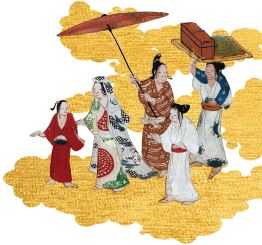
Updates on
changes of exhibits
There are no
exhibit change updates.
You can see the details of each exhibition by the number in the floor plan or the menu under the map.
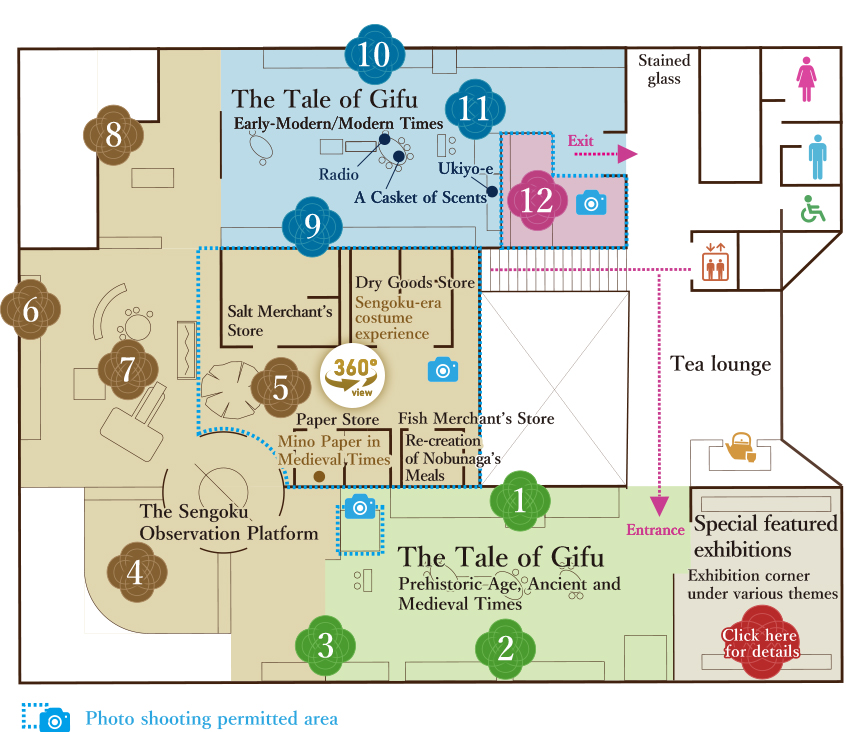
Under construction
List of exhibits
-
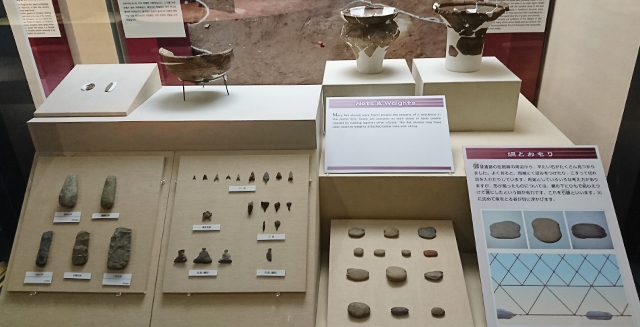
The Mino region has traces of people living there for about 15,000 years. Before long, people began to settle mainly in the mountains, rice paddies and villages were built in the plains, small political units (kuni) were born in various places, and large tumuli (kofun) appeared around the fourth century. Starting from the Stone Age, the exhibit showcases the periods of Jomon, Yayoi and Kofun, focusing on the abundant excavated materials.
Hands-on experience menu
Here, you can learn through experience what tools ancient people used to enrich their lives, gain peace of mind, and protect themselves.
- Mark patterns on Jomon earthenware
- Yayoi earthenware puzzle
- Ring the bronze ritual bell (Dotaku)
- Try on the armor from the Kofun Era
* Events and activities are subject to cancellation depending on the situation.
-
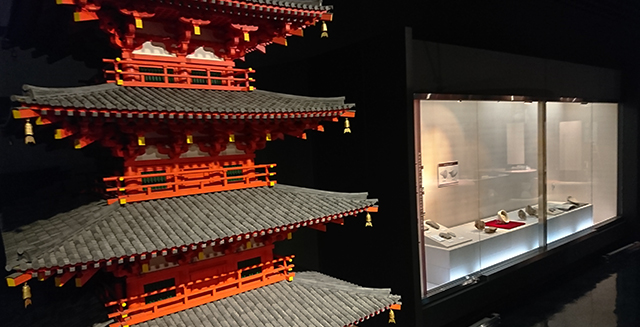
In the Nara period, the Ritsuryo system (the governmental structure defined by ritsu, the criminal code, and ryo, the administrative and civil codes) was developed and a centralized state centered on the Emperor was established. It introduces materials related to taxes and Sue pottery, (sueki–a blue-gray form of unglazed earthenware), delivered from the Mino region to the central part of the country; the relationship between Buddhism that was introduced in the 6th century and the Mino region, focusing on excavated materials.
-
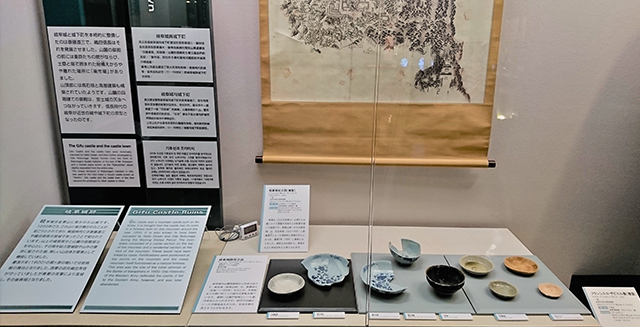
Lord Toki was the military governors of Mino Province who had their residence in Kawate, Gifu City in the late 15th century. Replacing the lord Toki, the Saito clan resided at Inabayama Castle (later Gifu Castle) and governed Mino Province. Oda Nobunaga entered Gifu Castle after that. Until the castle fell at the time of the Battle of Sekigahara, Gifu City area was the center of administration, culture and faith of Mino Province. Please take a look at the rapidly changing rulers, and the cultures and faiths that flourished during the wars.
-
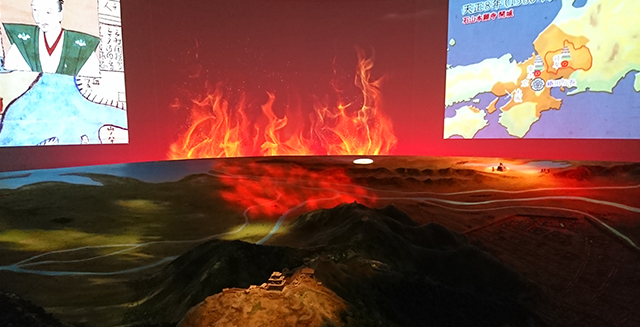
Please watch the life of Oda Nobunaga, who fell in the middle of his path to “Tenkabito” (the ruler of the country), through a birdʼs-eye view from over Gifu Castle, with a miniature model and the contents projected in the background of the sky.
The content of Nobunagaʼs residence which was newly restored using VR is also a must-see. -
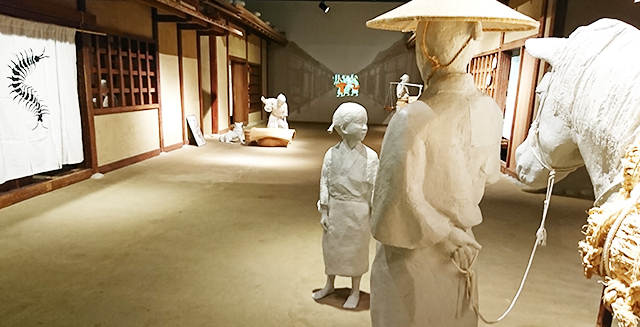
A Portuguese missionary Luís Fróis was surpised at how crowded the Gifu castle town was. Oda Nobunaga also worked to promote commerce by designating the market around the Kashimori Shrine as Rakuichi-rakuza (free markets and open guilds). The townscape is three-dimensionally restored based on the documents of that time.
Hands-on experience menu
At Rakuichi townhouses, visitors can try “koma” (spinning tops), play “sugoroku” (board games), and try on Sengoku period costumes.
- Spin “baigoma” tops made of Japanese Babylon shells
- Spin hour-glass shaped “ryugo” tops
- Play “ban sugoroku,” a traditional Japanese board game similar to backgammon
- Press Nobunagaʼs “Kao,” (handwritten monogram) and “Tenka fubu” (official seal) stamps.
- Try on Sengoku period costumes.
* Events and activities are subject to cancellation depending on the situation.
-
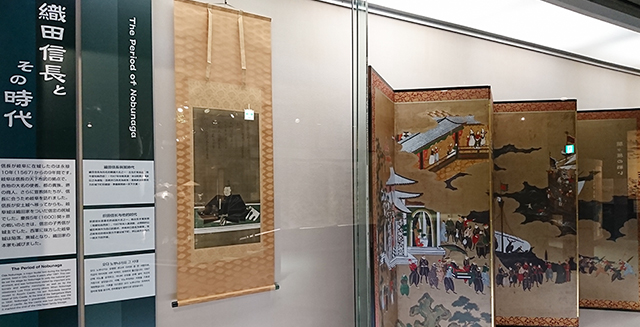
Oda Nobunaga pushed the age of rivalry to the end.
Around August or September 1567, Nobunaga entered Inabayama Castle (later Gifu Castle), and while he was in the castle, he began using the seal of “Tenka-fubu” (a slogan that means that the samurai governs the whole world). He influenced Japanese history by doing things such as going to Kyoto under Ashikaga Yoshiaki, and fighting in the battle of Nagashino. His achievements are explained through the materials. -
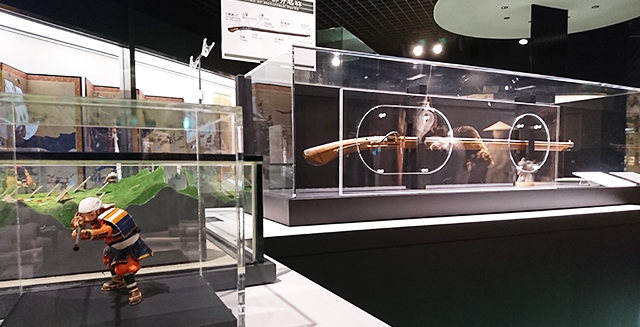
You can try holding a duplicate matchlock. You can also see materials such as armors and folding screens. In particular, the battle of Nagashino depicted in the folding screen has been highly praised for Nobunagaʼs tactics using guns effectively. How was it in reality? You can compare it with a topographical model and a figure representing armed forces around 1575.
Hands-on experience menu
- Hold a matchlock
* Events and activities are subject to cancellation depending on the situation.
-
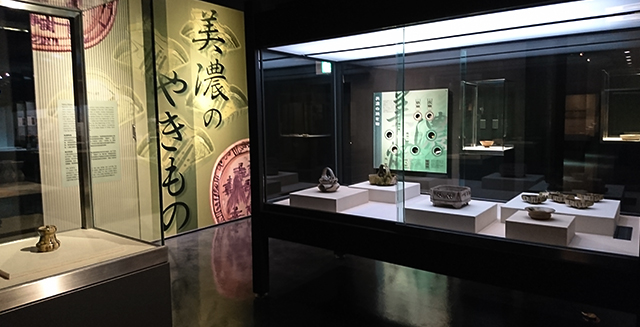
A sword is indispensable to a warlord (busho). The Mino region is well known as the production area of Mino swords known for the practicality, sharpness and durability. Also, busho in the Sengoku period enjoyed chanoyu, the original version of the present Japanese tea ceremony. The region was the production area of the potteries rich in creativity such as Kizeto, Setoguro, Shino and Oribe, which were mainly connected with the tea ceremony. Please feel the atmosphere of the Sengoku period from these excellent exhibits.
-
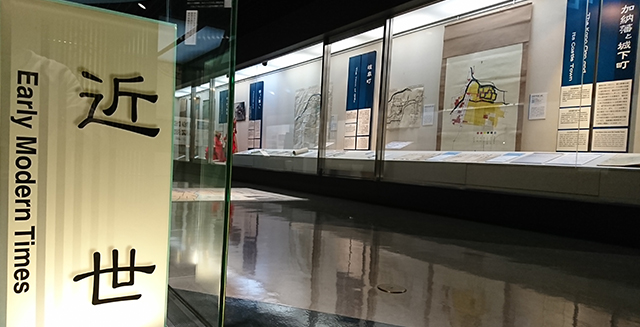
In the Edo period, the Gifu City area was divided into territories of the shogunate, feudal lords, and shogunal vassal (hatamoto). Various land-owners are introduced here, mainly in the Owari domainʼs Gifu-cho, which used to be the Gifu castle town, and Kano-cho, the Kano domainʼs castle town.
In addition, rich culture bloomed among people living in those towns and villages. Enjoy the festivals and literature developed there. -
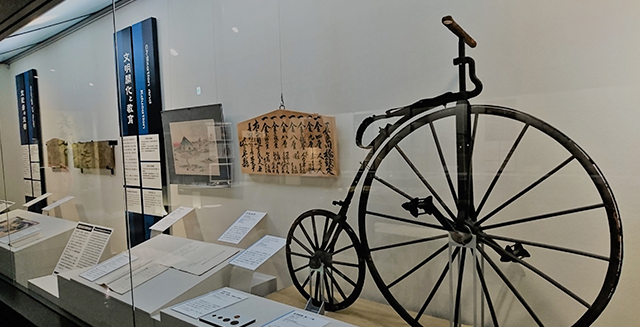
In the Meiji period, while the constitution and educational system were put in place, the social structure changed drastically through foreign wars from the Sino-Japanese & the Russo-Japanese Wars to the Pacific War. Also, natural disasters such as the Nobi earthquake had a big impact on peopleʼs lives. Please look at the changes in society, peopleʼs lives and culture.
-
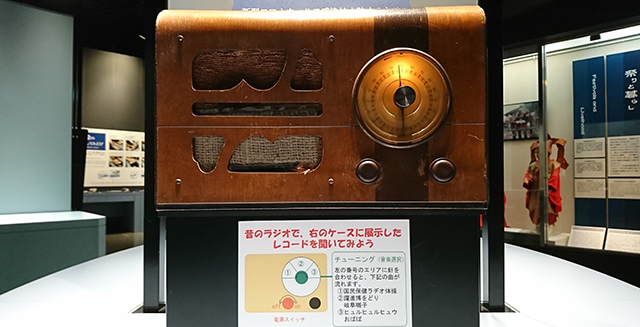
Hands-on experience menu
Visitors can learn about the history and lifestyle of Early Modern and the Modern era through a variety of hands-on activities, such as multicolor ukiyo-e printmaking, experiencing the scents associated with Gifu, and learning about radios and textbooks.
- Let's make a Ukiyo-e(traditional woodblock print)!
- A Casket of Scents
- Listen to songs from vinyl records on an old radio.
- Read old textbooks
* Events and activities are subject to cancellation depending on the situation.
-
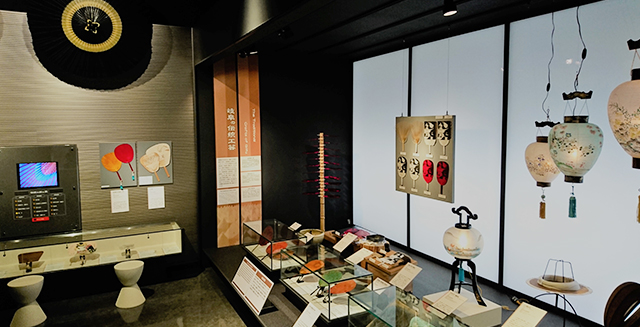
Gifu Cityʼs traditional crafts are born from the blessings of the clear Nagara River. Among them, we introduce “Gifu Japanese umbrellas,” “Gifu lanterns,” and “Gifu uchiwa fans.” These crafts, made of Japanese paper and bamboo, are displayed along with the manufacturing equipment and explanatory videos.

